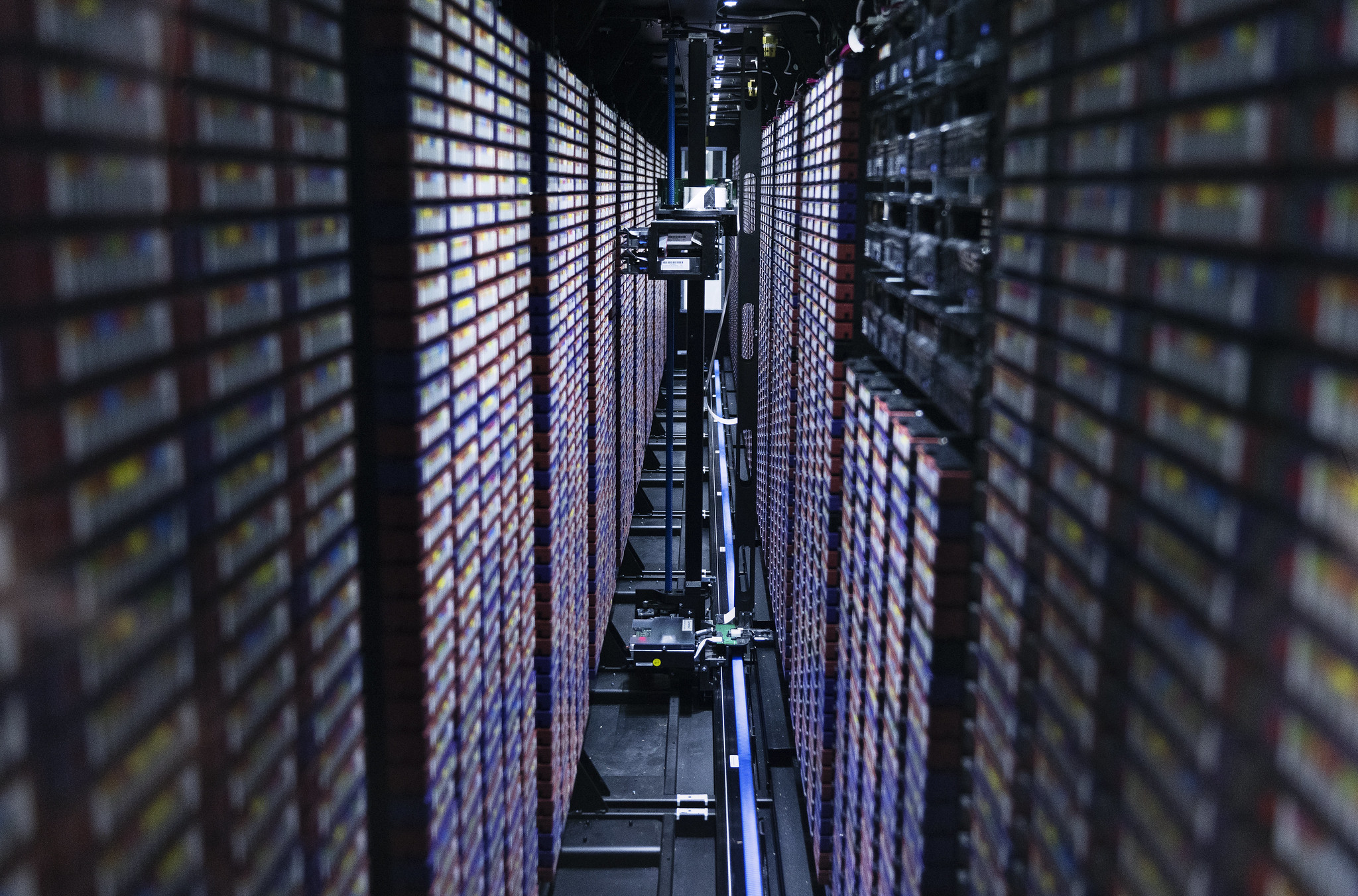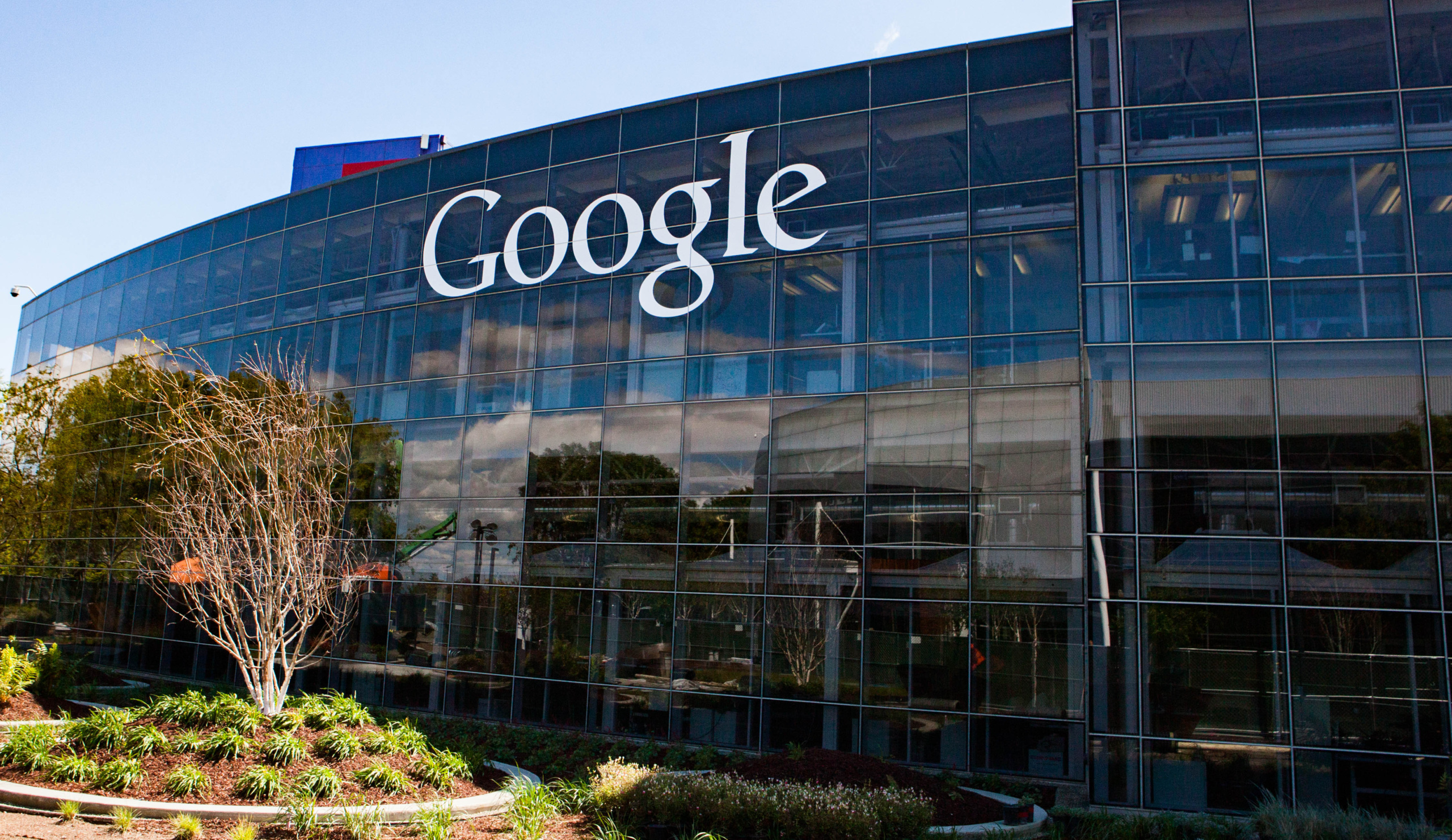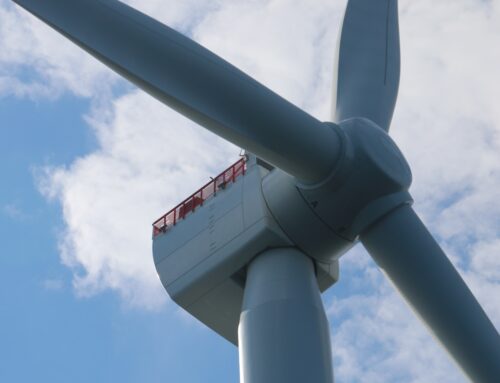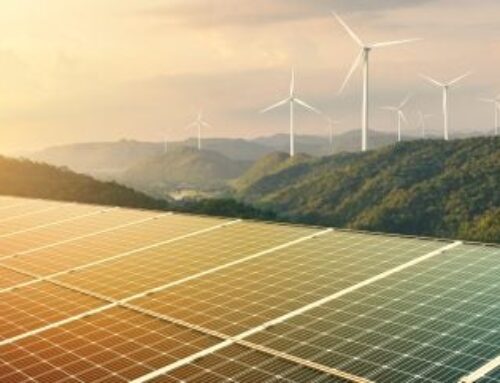Electricity demand from U.S. data centers could more than double by 2035. That’s like adding another California.
October 31, 2024
According to data compiled by S&P Global, electric utilities predict annual electricity demand from data centers in the United States will rise from 185 tera-watt hours (TWh) in 2023 to 440 TWh in 2035. That’s an additional 250 TWh of annual electricity demand added over the next decade, roughly equivalent to the amount of electricity the entire state of California used in 2022.
Increased demand for electricity from data centers is one of the leading drivers of a coming surge in energy demand, breaking America’s nearly two-decade streak of keeping demand stable. Data centers currently make up 3% of America’s energy demand, but that is expected to rise to 8% by 2030.
The increase in data center electricity demand is primarily due to the significant data processing needs of Artificial Intelligence (AI). As AI development accelerates, the need for data processing grows, and companies have to build more and larger data centers to meet those needs—and those data centers use a lot of electricity.
One large data center can require as much as a gigawatt of power to operate, the same amount of energy it takes to power about 876,000 typical households for a year. One example of the power demand of AI is that a search on ChatGPT requires 10 times as much power as a normal google search.
Data center electricity demand growth is complicating the clean energy transition.
Energy conservation is a critical component of the clean energy transition. The cleanest energy is the energy that never gets used in the first place. When electricity demand is lower, or at least stable and predictable, it is much easier to meet that demand with clean energy like wind and solar. A rapid and unexpected surge in electricity demand is the last thing we need, particularly when energy demand is already expected to grow due to electrification of buildings and transportation.
To avoid the most disastrous impacts of climate change, the world needs to dramatically reduce its greenhouse gas emissions by leaving fossil fuels behind and powering our lives with clean, renewable energy sources. We cannot afford to let AI and data centers get in the way of those goals.
A surge in energy-intensive computing threatens America’s renewable energy transition


A surge in energy-intensive computing threatens America’s renewable energy transition
Here are two important questions we should ask ourselves, before we let another California be added to our electrical grid:
First, how can we prevent over-investment in fossil fuels as a result of this demand growth?
Electricity demand growth doesn’t have to create increased climate pollution. Climate pollution goes up when utilities heavily invest in fossil fuels in order to meet that demand growth.
Unfortunately, that’s what tends to happen. Already, utilities have extended the lifespans of coal plants and proposed new methane gas plants to meet expected demand growth from data centers in their regions.
History will tell us, however, that utilities don’t have a strong record when it comes to accurately predicting the growth and capacity of renewables. In 2011, for instance, a Colorado electric utility serving the Denver area announced that it would only be able to meet about 22% of its electricity from renewables by 2020. In fact, by 2020 the utility met 38% of electricity demand with wind and solar power, and 44% by 2023.
Renewable generation is at historic levels, and there’s plenty of room to grow. Clean wind and solar energy are cheaper than ever, and getting cheaper each year.
We should not allow panicked utilities to over-invest in soon-to-be obsolete fossil fuel capacity to power data centers that could have been powered by renewables. If data center demand growth is as significant as predicted, we won’t be able to power all of it renewably, but we’ll make things worse for ourselves if we underestimate renewable energy’s capacity to help manage this moment.
Second, and this one’s critical. Are we sure we need all these data centers?
AI likely isn’t going anywhere, and it is a technology with potential to have significant societal benefits. But it also might not be all it’s cracked up to be, and could even cause real harm. It’s an emerging technology, and there still a great deal of uncertainty around its future.
A June newsletter from Goldman Sachs anticipates that we could be in an AI bubble, building out massive data center capacity to feed the growth of AI companies with unsustainable business models. And as we learn more about the potential dangers of AI, new regulations might slow growth or cause companies to shut down entirely.
If state policy allows, and even encourages, an impulsive build out of data centers all over the country, and then a possible AI bubble bursts, we will have kept fossil fuel infrastructure afloat and thrown our climate goals to the wind, for nothing.
Massive and rapid proliferation of data centers, to a degree that can only be managed by bringing new gas plants online, is not written in the stars. It’s a choice we’re making. And it’s not a very considered one.
If we’re going to bring another California onto our electrical grid over the next decade, we better be absolutely sure we need it. If not, we can still choose a different path.
Google: Keep your clean energy pledge


Google: Keep your clean energy pledge
Google shouldn’t allow the proliferation of data centers to jeopardize its environmental commitments.
Topics
Authors
Theo works on campaigns that will accelerate America’s transition away from gas power and fossil fuels. Theo lives in Chicago where she loves to cook, read and spend time by the lake.
Search
RECENT PRESS RELEASES
Related Post




